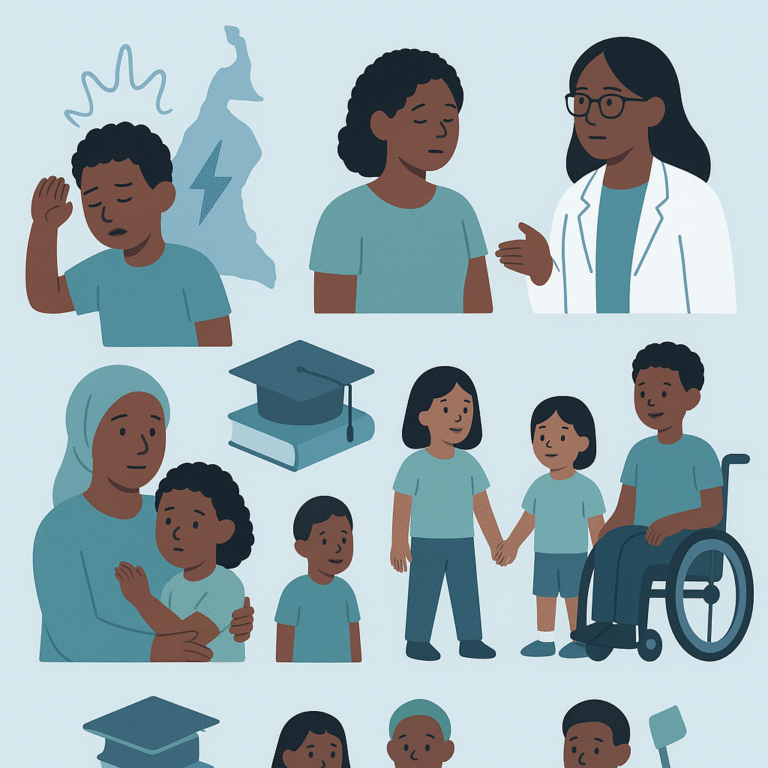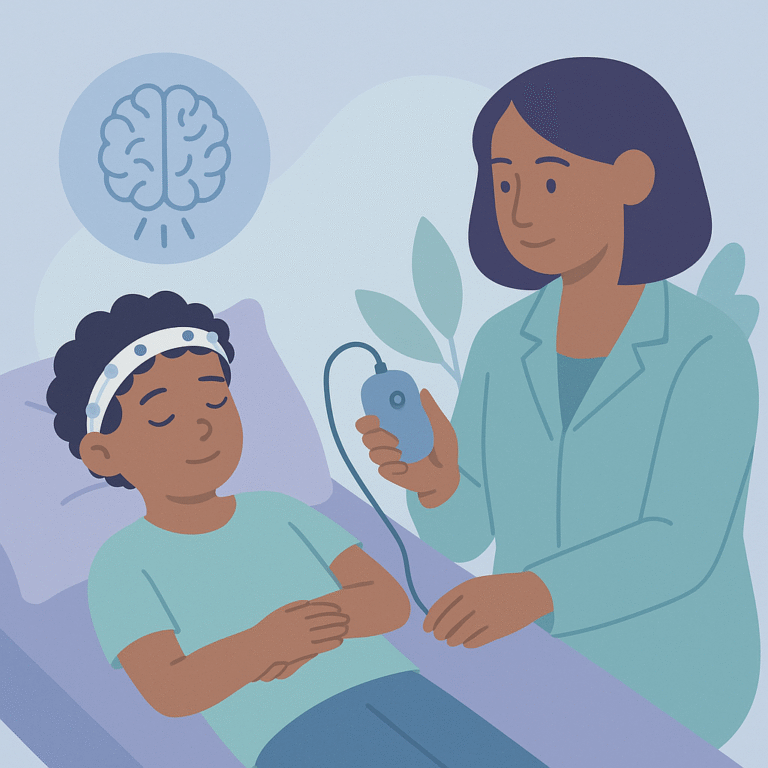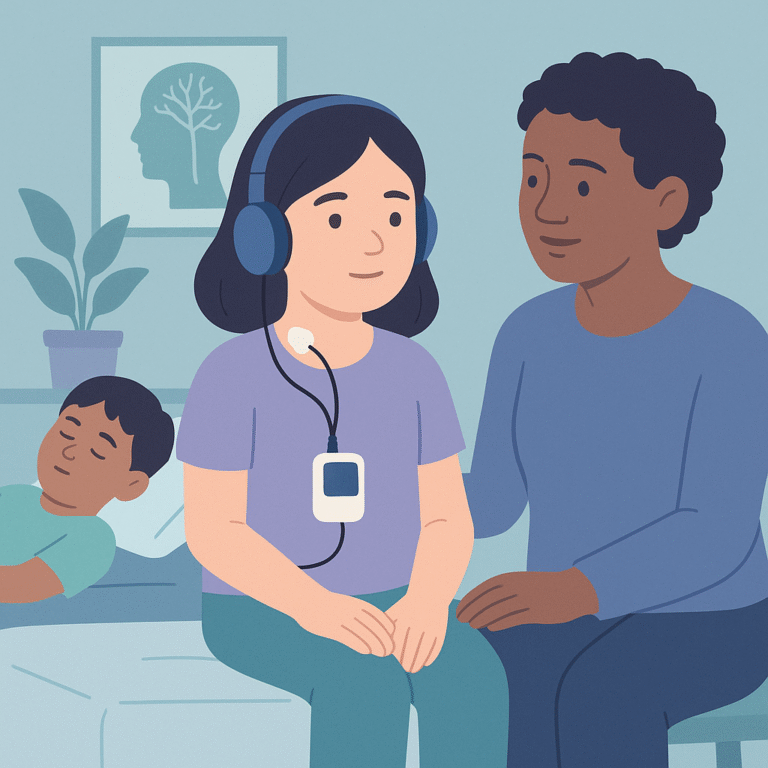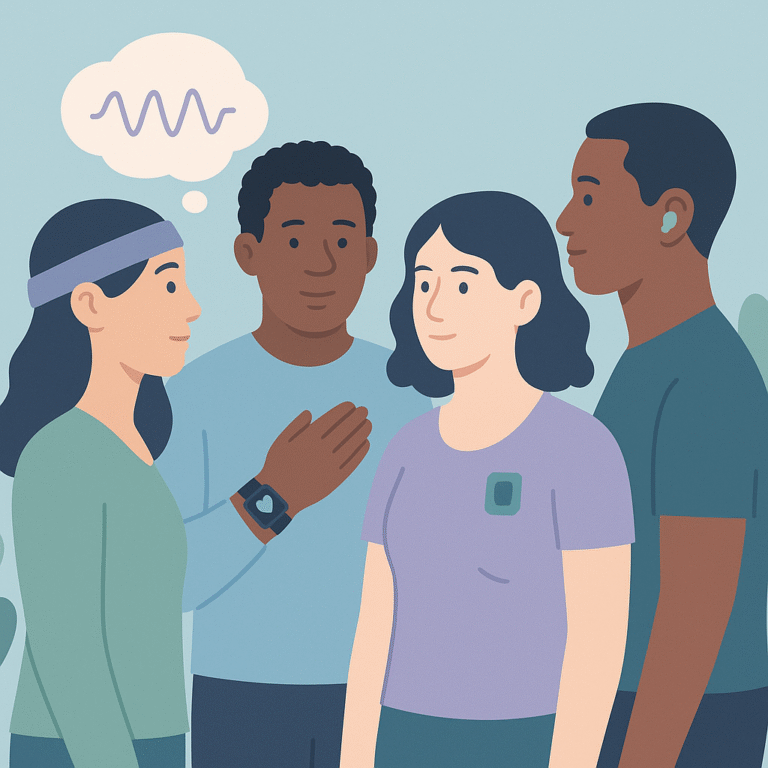New Insights on SEEG Patterns for Temporal Lobe Epilepsy
Researchers studied how to improve surgical strategies for patients with drug-resistant temporal lobe epilepsy (TLE) using a method called stereo-electroencephalography (SEEG).
Easy summaries on neuromodulation for epilepsy—VNS, RNS, DBS—what studies show, risks, and “talk to your doctor” questions.

Researchers studied how to improve surgical strategies for patients with drug-resistant temporal lobe epilepsy (TLE) using a method called stereo-electroencephalography (SEEG).

This study focused on childhood epilepsy in Cameroon, examining the clinical patterns, factors that predict seizure control, and the impact on education.

This study looked at how a mother’s weight before pregnancy affects the development of her child.

Researchers studied the effectiveness of a new device called point-of-care electroencephalogram (POC-EEG) in emergency departments and hospitals.

Researchers studied how effective a specific brain stimulation treatment is for children with difficult-to-treat epilepsy.

Researchers studied the effects of placebo in epilepsy treatment trials.

This study looked at how effective vagus nerve stimulation (VNS) is for treating drug-resistant epilepsy (DRE) in children.

Researchers studied wearable artificial intelligence (AI) technologies designed to help manage epilepsy, which affects around 50 million people worldwide.

This study looked at how child neurologists talk to female patients with epilepsy about reproductive health.